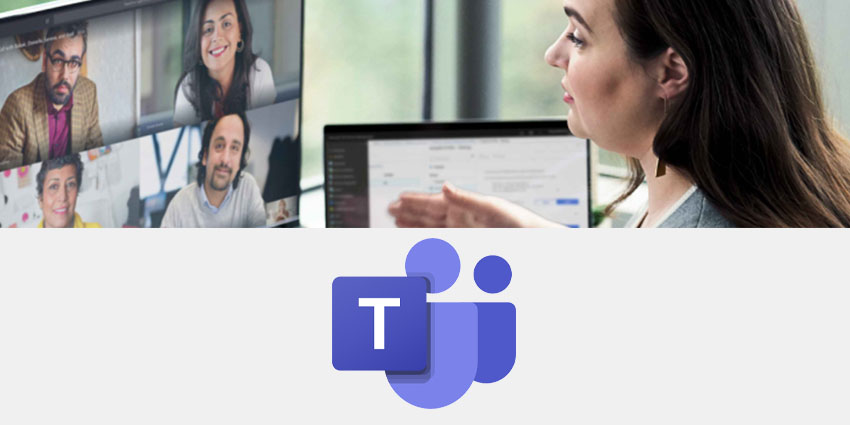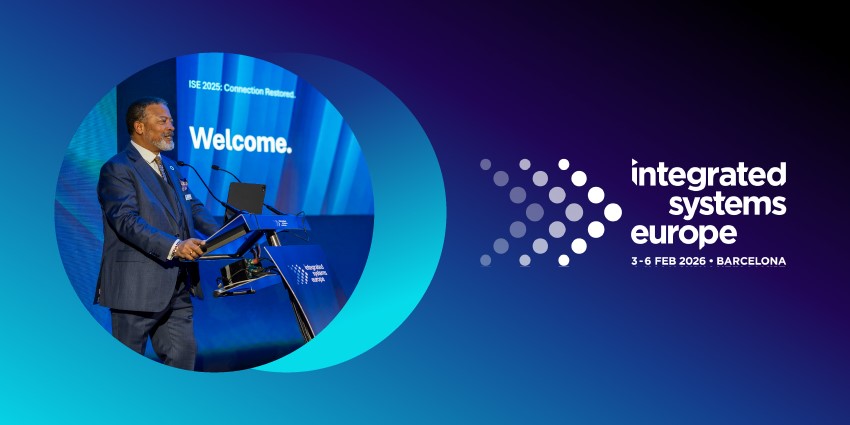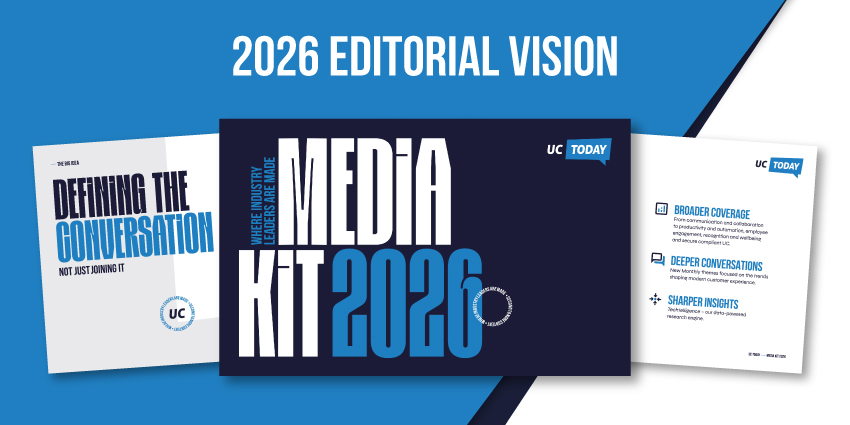With Microsoft Teams, Microsoft has successfully created a brand new digital “workplace” for the age of hybrid work. Within Teams, employees can successfully share information, keep up-to-date with the latest workplace news, and collaborate with colleagues.
Microsoft Teams so compelling to such a wide range of companies is how flexible the ecosystem can be. Aside from giving employees access to a wide selection of valuable tools as standard, like whiteboarding, video conferencing, and messaging, Microsoft also allows users to access third-party apps within their meetings to make conversations more efficient.
Here’s your guide to Microsoft Teams Meeting apps and why they’re positively impacting the way we work.
What are Microsoft Teams Meeting Apps?
The term “Microsoft Teams Meeting Apps” may seem confusing to some people investing in the Microsoft ecosystem. After all, Microsoft Teams is a meeting app itself. With Microsoft Teams, companies can schedule meetings and invite various team members into the conversation.
Microsoft Teams also has a range of “apps” built into the meeting experience to make your life easier when collaborating with colleagues. Some of the native Microsoft Teams meeting apps you can use today include:
- Microsoft Whiteboard: The Microsoft Whiteboard app allows meeting participants to collaborate on a shared virtual canvas. There are a host of 40 whiteboard templates to choose from, and each will enable users to share content in various ways. You can insert images and documents, reaction icons, and links into the same canvas. You can access the whiteboard app by clicking on “Whiteboard” at the top of a chat window.
- Live transcription: Designed to improve clarity in meetings, the Live transcription app within Microsoft Teams uses AI to translate spoken words into text. You can apply the transcription app to your Teams meeting by clicking the three-dot “More Actions” icon at the top right of the meeting window and clicking “Start Transcription”. Currently, the Microsoft Teams app supports nearly 30 languages.
- PowerPoint: PowerPoint is one of the many native Microsoft apps from the Microsoft 365 environment which users can access within Teams. In recent years, Microsoft has improved the PowerPoint integration so that users can create more immersive Teams presentations. You can even use different views like “Reporter” or “Presenter” mode to change how you share content with your teams.
However, when most people refer to “Microsoft Teams Meeting apps”, they often refer to the new “Teams apps for meetings” created in partnership between Microsoft and other world-leading software vendors, like Slido, Asana, and Hirevue.
How are Microsoft Teams Meeting Apps Different to Add-Ons?
For years, Microsoft has offered a range of “add-ons” and integrations to companies looking to add further functionality intro their Teams experience. There are currently more than 700 apps available for Teams meetings which you can find here.
These add-ons do a variety of things for Microsoft Teams users. For instance, you can use apps to link your Teams app to other accounts like Salesforce, so your team can receive notifications when a customer account is updated.
Certain add-ons also allow you to complete certain functions with bots in Teams, like running daily stand-ups, checking on employee wellbeing, or running polls.
The latest Microsoft Teams Meeting apps are a bit different. These are deeper integrations between Microsoft Teams, and other essential tools team members use every day. These apps are designed to bring experiences from other tools into Teams so that you can enjoy a more aligned meeting experience. For instance, in the middle of a meeting with a colleague, you can load up the “Asana” app and complete a project or assign it to someone new.
You could even use the optimized Asana app within Microsoft Teams to capture action items and share them with your colleagues at the end of the meeting. Everyone will be able to track the new action items in the Asana board without leaving Teams.
Alternatively, users could access “Slido” in Microsoft Teams to plan and conduct live polls or quizzes during the Team meeting, creating a more immersive interactive experience for everyone.
How Do Microsoft Teams Meeting Apps Work?
The Microsoft Teams meeting apps created in collaboration with Microsoft software partners mean you can view your Asana boards within Teams or complete a task on Monday.com within your Teams meeting without leaving your app.
According to Microsoft, adding third-party apps into your meetings allows users to:
- Maintain a consistent workflow: With third-party apps integrated into Microsoft Teams, you don’t have to worry about finding Teams. You can interact with the apps you use every day before, during, and after the meeting for a more consistent workflow and fewer disruptions.
- Make meetings more dynamic: Certain Microsoft Teams meeting apps can make meetings more engaging and dynamic. For instance, agenda preparation tools make it easy to plan for a meeting then launch straight into a great conversation. There are also apps for note-taking and capturing action items to follow up on during a meeting.
- Accomplish more: With apps that allow for brainstorming and collaboration within Teams meetings, you can accomplish more with your colleagues. Users can access apps in Teams that will enable them to pull information from other software systems their team members rely on or create crucial diagrams based on essential information.
- Solve problems faster: With the ability to access content and data from applications in meetings, collect feedback in real-time, and interact more immersively with colleagues, Teams can solve problems and accomplish things faster.
Though there aren’t as many official “Microsoft Teams Meeting Apps” available today as there are add-ons in AppSource, these tools could become a powerful part of how Microsoft competes with other “work hub” tools in remote work. With deeper integrations to other essential tools within Teams, users can enjoy a more comprehensive single-pane-of-glass experience. Microsoft is already inviting developers to get involved with creating their own Teams apps for meetings.







